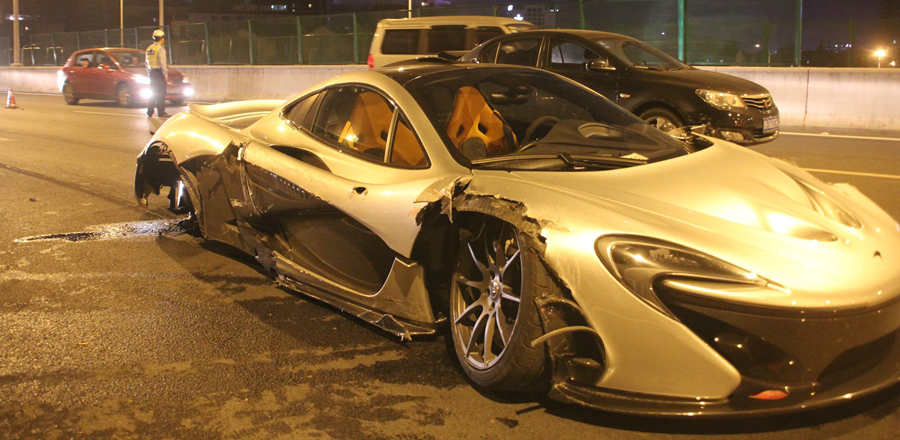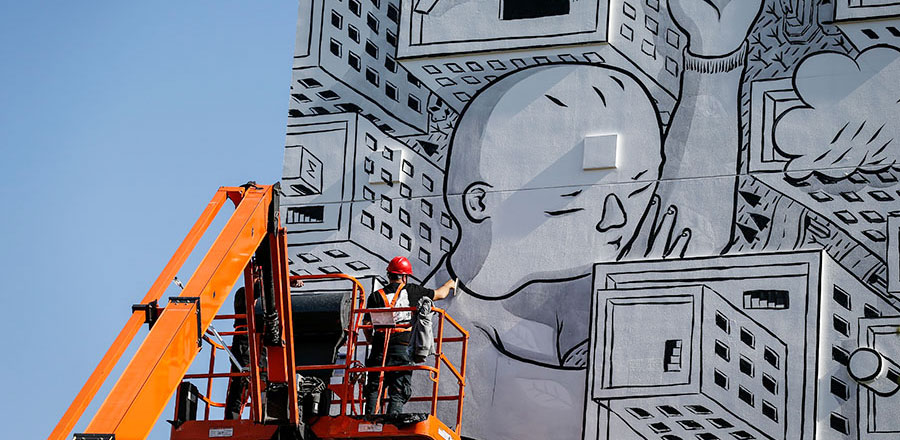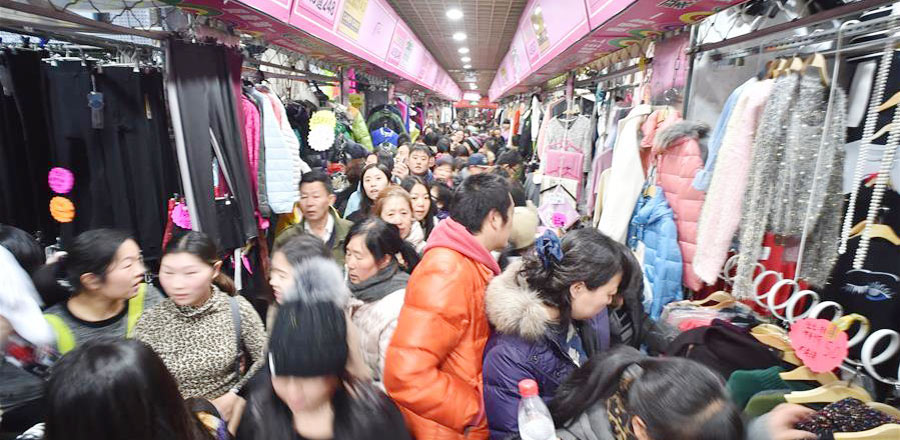
Experts say faster testing methods and earlier treatment are essential to curb an epidemic spreading among young gay men, as Shan Juan reports.
Almost every day for the past seven years, "Old" Peng has visited a hillside pavilion in Beijing's Dongdan Park.
The 60-something gay man is usually looking for a casual sexual encounter, but he also spends time listening to gay men who are struggling with their sexual orientation, and distributing condoms and tips on how to prevent becoming infected with HIV.
Although the number of young gay men visiting the park, a well-known haven for the gay community, has fallen in recent years, Peng and five fellow volunteers from the Dongcheng district disease control and prevention center still performed about 6,000 rapid HIV tests last year.
The park, 2 km east of Tian'anmen Square, has long been a popular venue for gay men from across China looking to land a date and experience a sense of belonging, according to Peng.
In recent years, an increasing number of young gay men have moved from physical meeting places to gay dating sites, and now about two-thirds of the men who regularly visit the park are middle-aged or older.
The move to the internet is one of Peng's biggest concerns: "It makes it even harder now to reach young gay men and provide AIDS intervention, but the HIV epidemic is exploding among them."
Wu Hao, a leading AIDS specialist at the Beijing YouAn Hospital at the Capital Medical University, said nearly 90 percent of HIV/AIDS cases reported in Beijing last year involved gay men. In 2013, the figure was around 70 percent.
Nationally, the incidence of HIV among gay men has soared to 8 percent from less than 1 percent in 2003, according to statistics from national sentinel surveillance sites, which measure the incidence of disease via a limited network of carefully selected sites. By contrast, the national incidence of HIV is less than 0.1 percent.
"An HIV epidemic is exploding among the nation's gay men population," Wu warned.
Higher risks
Experts estimate that China's gay men population is 25 to 30 million, but the number is not recognized by the government.
Same-sex marriage has not been legalized, which makes it hard for gay men to settle down with a partner, according to Peng. In addition, many practice anal sex, which carries a far higher risk of HIV transmission than other sexual activity.
Shang Hong, director of the HIV/AIDS key lab at the National Health and Family Planning Commission, said a survey conducted in 11 major cities last year found that the HIV prevalence rate among 8,943 men who have sex with men was 9.9 percent.
Furthermore, only 4.9 percent of men with HIV informed casual sexual partners of their positive status, and nearly 46 percent reported having unprotected sex. Intravenous drugs users are at greatest risk, she added.
Despite growing public tolerance of gay men, discrimination and social stigma still exist, and about 20 to 30 percent marry to mask their true sexual orientation, according to a 2014 study conducted by Shang's team.
Gay men in this situation are more likely to seek sex with male prostitutes, increasing their chances of contracting HIV, Shang said. "Their wives and children are at risk as well," she added, noting that many married gay men conform to social pressures by having sex to produce children, thus further increasing the chances that their partners and offspring may contract the disease.
She warned that without effective intervention, the epidemic could spread to the wider public.













